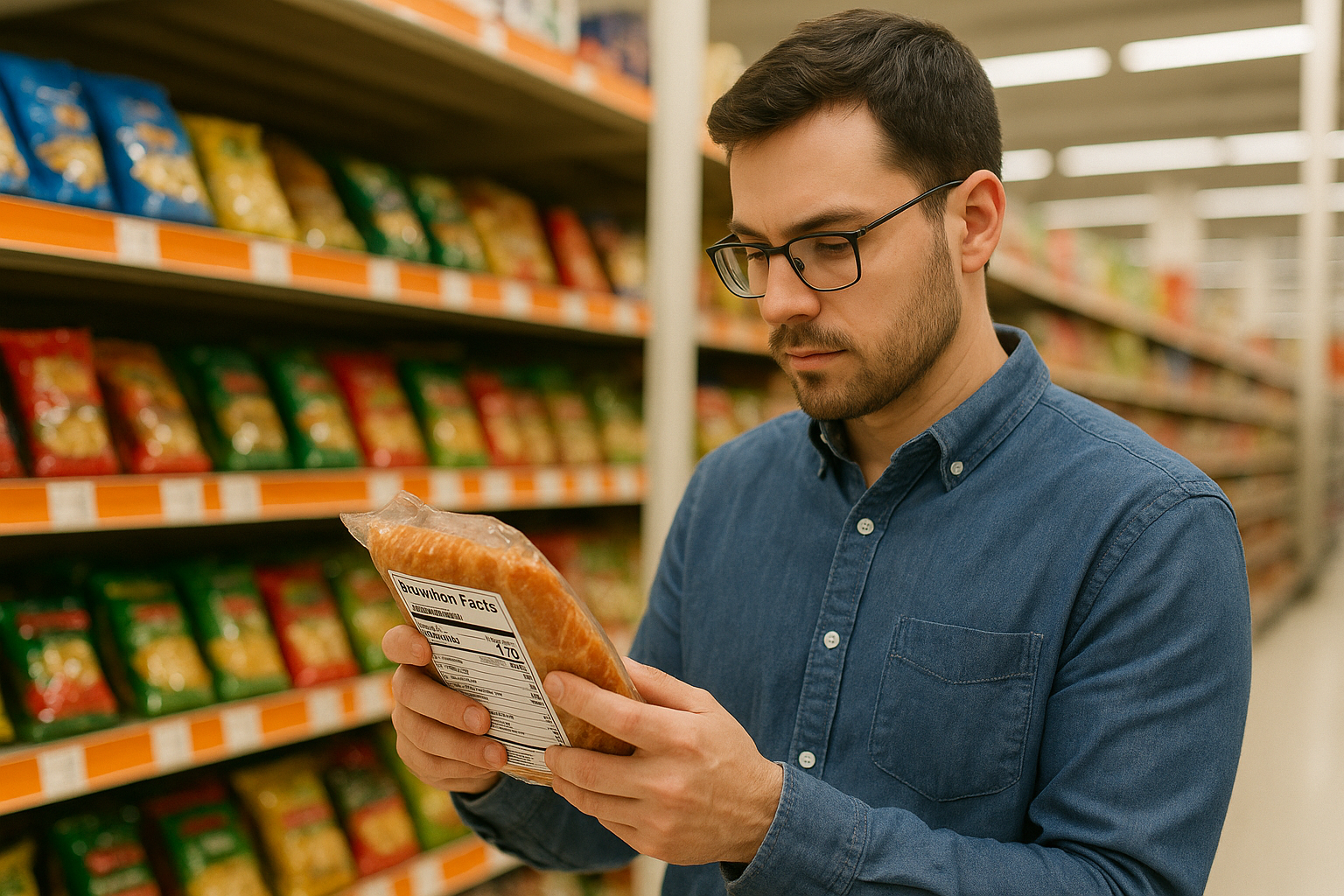How to Identify If Food Is Good for You: A Practical Guide
Navigate food trends and confusing labels to make smarter, healthier choices

In a world flooded with food trends, diet fads, and confusing labels, figuring out whether a food is truly good for you can feel overwhelming. But don't worry - it doesn't have to be.
Whether you're trying to eat healthier, manage your energy levels, or simply make smarter choices, learning how to evaluate food is a skill you can build. Here's a straightforward guide to help you decide if the food you're eating is actually supporting your health.
1. Check the Ingredient List First
The shorter and simpler the ingredient list, the better. Ideally, foods should contain whole, recognizable ingredients - things your grandmother would understand.
Avoid:
- Artificial flavors, colors, and sweeteners
- Excessive preservatives
- High-fructose corn syrup
- Unpronounceable chemical names
Go for:
- Real fruits, vegetables, whole grains
- Natural sweeteners like honey or maple syrup (in moderation)
- Healthy oils like olive or avocado oil
2. Read the Nutrition Label
Here's what to focus on:
Serving size
Many packages look healthy until you realize you're eating 3x the serving.
Added sugars
The less, the better. WHO recommends no more than 25g per day.
Fiber
Aim for at least 3g per serving to support digestion and fullness.
Sodium
Stay under 2,300mg per day. Many packaged foods sneak in a lot.
Protein
Good for satiety and muscle maintenance - especially important if you're active.
3. Understand Food Labels and Certifications
Food packaging is packed with claims, certifications, and logos - but not all are equally helpful. Here's a quick guide to what labels you can trust, and which ones might be marketing hype.
Helpful & Trustworthy Labels
In the U.S.:
- USDA Organic – No synthetic pesticides or GMOs; 95%+ organic ingredients.
- Non-GMO Project Verified – No genetically modified ingredients.
- Whole Grain Stamp – Confirms meaningful whole grain content.
- Heart-Check (AHA) – Endorsed by the American Heart Association for heart health.
- Certified Humane / Animal Welfare Approved – Ethical animal treatment.
- Fair Trade Certified – Ethical labor and sourcing practices.
In the U.K.:
- Red Tractor – Assures UK food safety, welfare, and traceability.
- Soil Association Organic – High standard for organic production.
- Fairtrade – Supports better conditions for producers in developing countries.
- Traffic Light Labeling – Color-coded labels for fat, salt, sugar at-a-glance.
- RSPCA Assured – Animal welfare approved for meat, dairy, and eggs.
Watch Out for These Buzzwords
These aren't always backed by strong standards and can be misleading:
- "Natural"
- "Gluten-Free" (for general health - not necessary unless intolerant)
- "Low Fat" / "Fat-Free"
- "Keto," "Paleo," "Plant-Based" (often just a trendy label)
- "Sugar-Free" (may contain artificial sweeteners)
4. Use Tools Like TraceWell to Simplify the Process
Let’s face it—reading every label, comparing ingredients, and checking sugar or sodium content isn’t always realistic. That’s where TraceWell comes in.
TraceWell is a smart, easy-to-use app that lets you scan food products and instantly see whether they’re healthy for you. It breaks down:
- Nutrition facts (like sugar, fat, protein, fiber)
- Ingredient quality
- Additives
- And provides a clear health rating so you can make confident decisions—right in the store.
Whether you're managing a health condition, watching your weight, or just want to eat better without spending hours analyzing labels, TraceWell makes it effortless.
5. Pay Attention to How It Makes You Feel
Food affects energy, mood, digestion, and focus. The best indicator of whether food is good for you might be your own body.
After eating, ask yourself:
- Do I feel energized or sluggish?
- Am I bloated or uncomfortable?
- Did it satisfy my hunger for a few hours?
6. Whole vs. Processed: The 80/20 Rule
Try to eat whole, minimally processed foods 80% of the time - things like fruits, vegetables, legumes, whole grains, nuts, and lean proteins. The other 20% can include indulgences or convenience foods without guilt.
Balance is key. One "bad" food doesn't ruin your diet - just like one "superfood" doesn't fix it.
Final Thoughts
Identifying healthy food isn't about rigid rules - it's about making informed choices that work for your body and lifestyle. By learning to decode labels, listen to your body, and prioritize whole ingredients, you'll naturally start choosing foods that support your long-term health.
Start small, stay curious, and don't forget to enjoy your food.
Want to Make Smarter Food Choices?
Join TraceWell to analyze your food and water quality, get personalized health insights, and make informed decisions about what you consume.
Start Your Health Journey